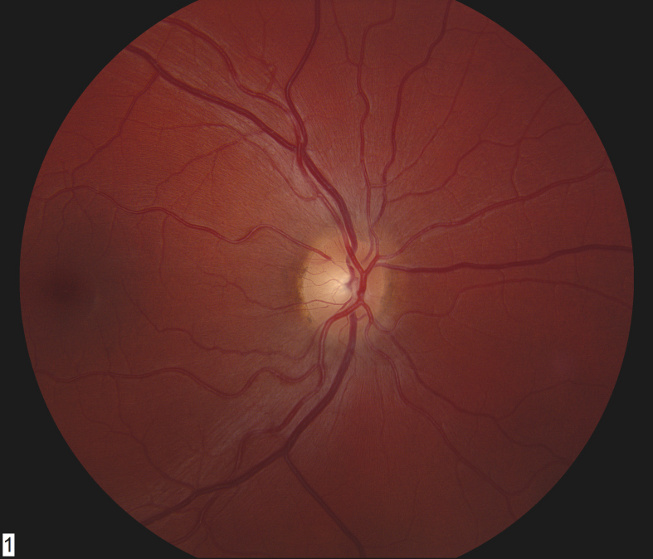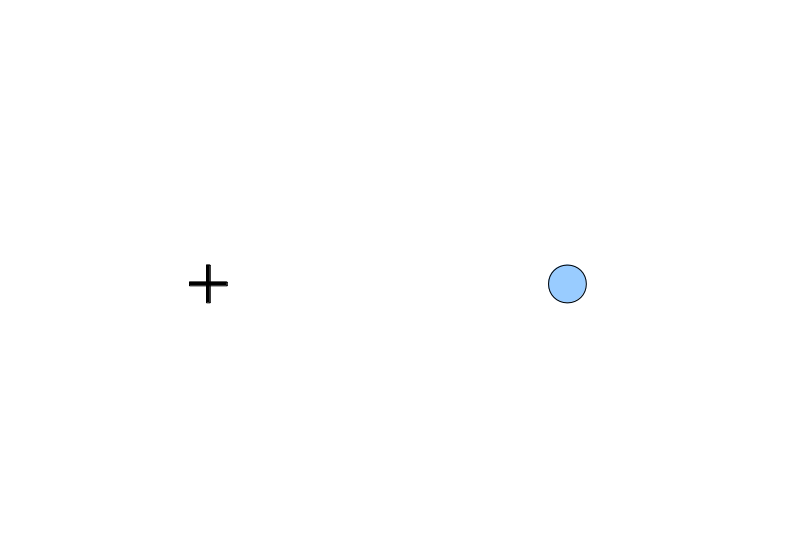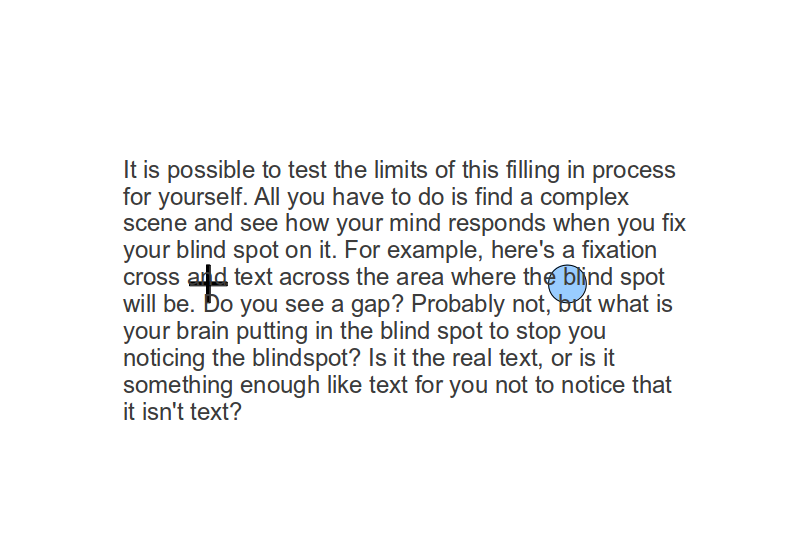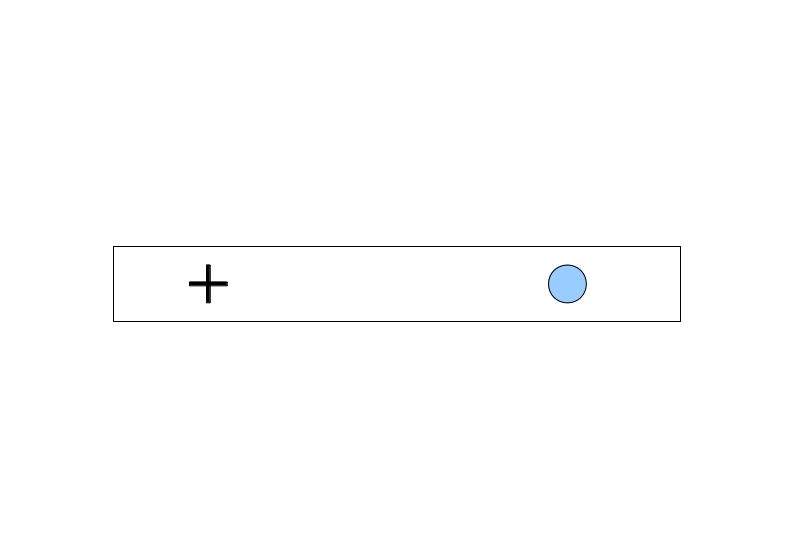
- •Tom Stafford lives on the internet at http://idiolect.Org.Uk
- •Travellers' Tales
- •If you're mad keen to get up to speed on the latest on blind spots and filling in, you can read reviews by Weil & Rees (2011), Komatsu (2006) and De Weerd (2006)
- •End Notes
- •Van Lier, r., Vergeer, m., & Anstis, s. (2009). Filling-in afterimage colors between the lines. Current Biology, 19(8), r323-r324.
Explore your blind spot
Discover how the mind hides its tracks
by Tom Stafford
Smashwords Edition (version 1.36, 24 January 2012)
Copyright 2011 Tom Stafford
This work is licensed under a Creative Commons Attribution-NonCommercial-ShareAlike 3.0 Unported License.
Thank you for downloading this free eBook. You are welcome to share it with your friends. This book may be reproduced, copied and distributed for non-commercial purposes. You can even modify it, as long as the modified version is covered by the same licence. http://creativecommons.org/
Tom Stafford lives on the internet at http://idiolect.Org.Uk
Your guide is Tom Stafford:

This is a picture of the back of my eye, you can see the blood vessels and the optic disc, the light circle where they converge. It is this disc which produces the blind spots in our vision.
You will need: pen, paper, eyes
Your journey will take: minutes
Category: perception
Trig points: 3
The Treasure:
Proud of your sharp sight? Perhaps you should think again. For each eye, there is a blind spot, an area near the middle of your vision for which you cannot see anything. Normally the way your vision works hides these blind spots from your awareness, but it isn't hard to show they're there. Visual blind spots are a good example of how our conscious experience is fundamentally based on our biological machinery. But they also have important lessons to teach us about how our minds deal with missing information.
Your guide says:
Light enters the eyes through your pupils, and is focussed on the back of the eye, called the retina. The retina is covered with receivers, called photoreceptors, which convert light into neural signals. A funny thing about the way the eye is constructed is that the wires carrying these signals are in front of the photoreceptors - between them and the light. This appears to be a quirk of evolution (evidence that it doesn't have to be this way comes from octopuses – the eyes of octopuses evolved independently from our lineage, and their wires are behind their photoreceptors). A consequence of this wiring set up is that the wires need to leave the eye somewhere, so they can reach the visual processing areas of the rest of the brain. To achieve this there is a hole in the sheet of photoreceptors, known as the optic disc, through which the wires leave the eye. You can see this on the photo of the back of my eye that at the top of this guide – that light disc is the gap in the eye the wires disappear through; you can see the blood vessels converging there too. For that part of the retina where the hole is, there are no photoreceptors, so any light that falls on this space is effectively ignored by the brain and so cannot be turned into perceptual signals.
You don't notice this hole in your vision normally, because you have two eyes and these both move around, covering up their own blind spots and compensating for each other's. But close one eye, and keep it still, and you can prove to yourself that you normally live with large gaps in your vision.
The Journey
+1 point: find your blindspot
Take a piece of paper, and draw a cross and a dot about three inches to the right of the cross, like this

Close your left eye and focus on the cross. Move the piece of paper backwards and forwards, somewhere about 9 inches from your face, the dot will disappear. That's your blind spot! Although the dot is still right in front of you, it is now falling on the back of your eye where you have no photoreceptors, so it becomes invisible.
Notice that if you move your eye you can look at the dot. It is only when you focus on the cross that it is invisible. You can move the piece of paper side to side and the dot will stay invisible, because your eye will tend to stay focussed on the cross
+1 point: catch the mind filling in
Once you've found the blindspot, try finding it again and notice what is in the hole where the spot disappears. It isn't just a black void, is it? Try drawing a vertical line through the dot, or use coloured paper instead of white. What you see in the blindspot instead of a black void is the result of a process called 'filling in'. It shows that although genuine information is not reported to the brain about what is going on in the blindspot, the mind makes a best guess about colours and patterns are likely to be there.

+1 point: disappear something or someone from the real world
Now you know how to use the blindspot, you can unleash the power to disappear things from the rest of the world. Find an object, preferably one that is a different colour from its surroundings, and by closing one eye and focussing on your thumb you should be able to make it disappear from view. As I write this I am practicing making the windows of the house across the street disappear
+2 points if you can do this with the head of someone talking to a group you are in, like a teacher or colleague in a meeting!
Where next
So, it's nice that you can find your blind spots. It's a direct connection between our experience and the physical machinery we're made out of. If this proof that we're made out of meat doesn't give you the existential heebie-jeebies, consider the flip side : most of the time our minds hide this evidence from us.
There's a debate about how this trick is pulled. Philosopher Daniel Dennett (1991) has argued that what is going on with the blind spot is not actually filling in, but what psychologists call 'neglect' or 'visual inattention'. In effect, he claimed, it isn't that we're seeing something in the hole, but rather that we're programmed to ignore the hole. Think of the 'blind spot' behind your head where you also don't get visual input. What is the experience of this like? Like nothing, right? It isn't as if you see a gap, or fill in that gap with a best-guess. Rather you just don't think about the visual space behind you.
This 'ignoring' account has been pretty well falsified, at least for simple visual features. Using complex visual displays you can show that there is some degree of active filling in of the space covered by the blind spot, in terms of what people experience (Ramachandran and Gregory, 1991; Ramachandran, 1992). Using electrode recording you can also show that there is activity in the brain cells which ought to be registering information from the point in visual space covered by the blind spot (Matsumoto and Komatsu, 2005).
It is possible to test the limits of this filling in process for yourself. All you have to do is find a complex scene and see how your mind responds when you fix your blind spot on it. For example, here's a fixation cross and text across the area where the blind spot will be.

Do you see a gap? Probably not, but what is your brain putting in the blind spot to stop you noticing the blindspot? Is it the real text, or is it something enough like text for you not to notice that it isn't text?
Another kind of complex scene to use is an after image. If you stare at this picture for ten seconds, and then at the next one (which has a white background) you'll see a colour-afterimage (apologies for Kindle readers, and others viewing this in black and white. You'll still get an afterimage, it just won't be in colour).
Stare at this for ten seconds:

Then this:

Notice that the colour afterimage appears in your blind spot, filling in the space defined by the black border. What would happen if you changed the black border? We know from other research that filling in of afterimages is strongly affected by the shapes that are present for the colour to 'fill in' (van Lier, Vergeer and Anstis, 2009).
What we understand less well is just how complex this active filling in can get, and how it interacts with attention (and its opposite, the ignoring). One way of getting a feel for this ignoring is to put to good use the training you have given yourself in learning to look at a different place from the center of your vision (called 'covert attention' by psychologists). How good is the resolution for different things at different distances from the centre of your vision? Notice how you can't see colours as well in the periphery, but this is something, like the blind spot, that we generally don't notice. Most of our visual world is colour-blind, but we imagine that we see the world in full colour, all over. Is this a similar kind of wilful ignorance as could be happening alongside the filling in of the blind spot?
